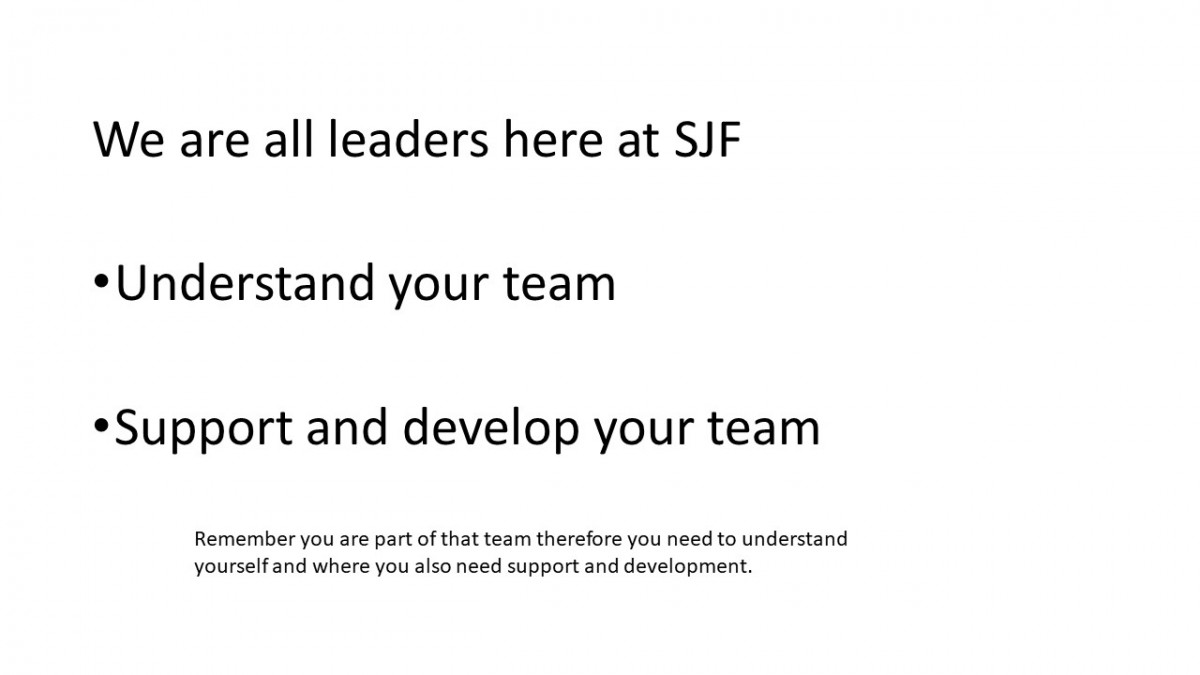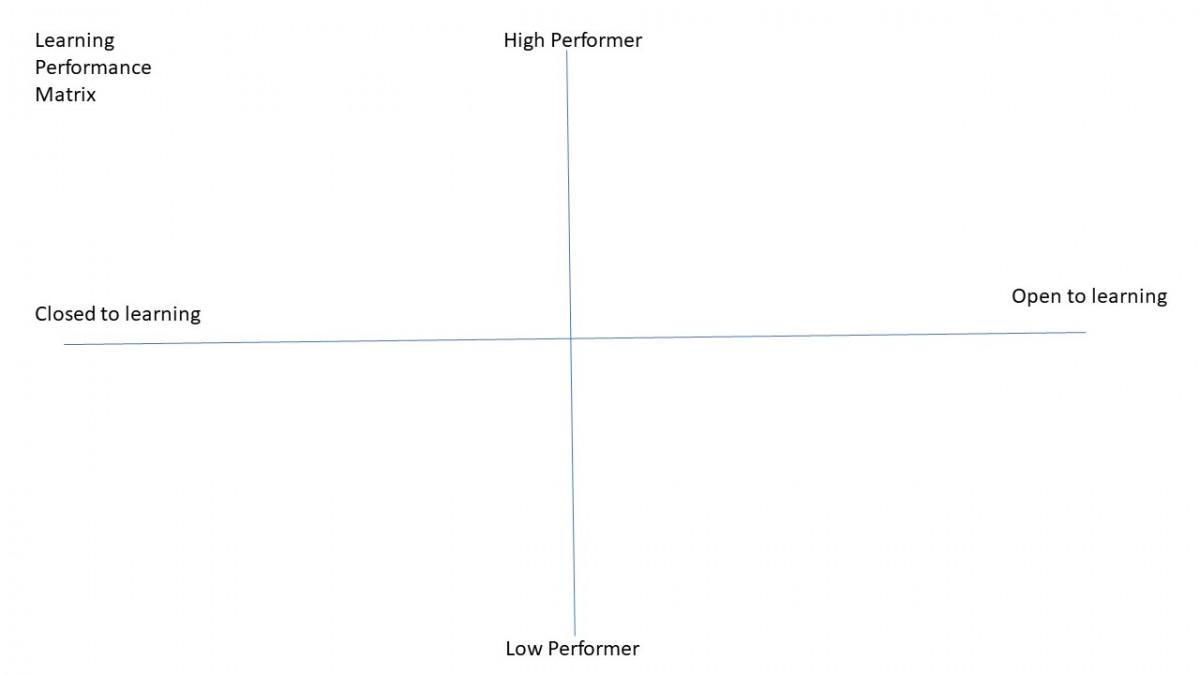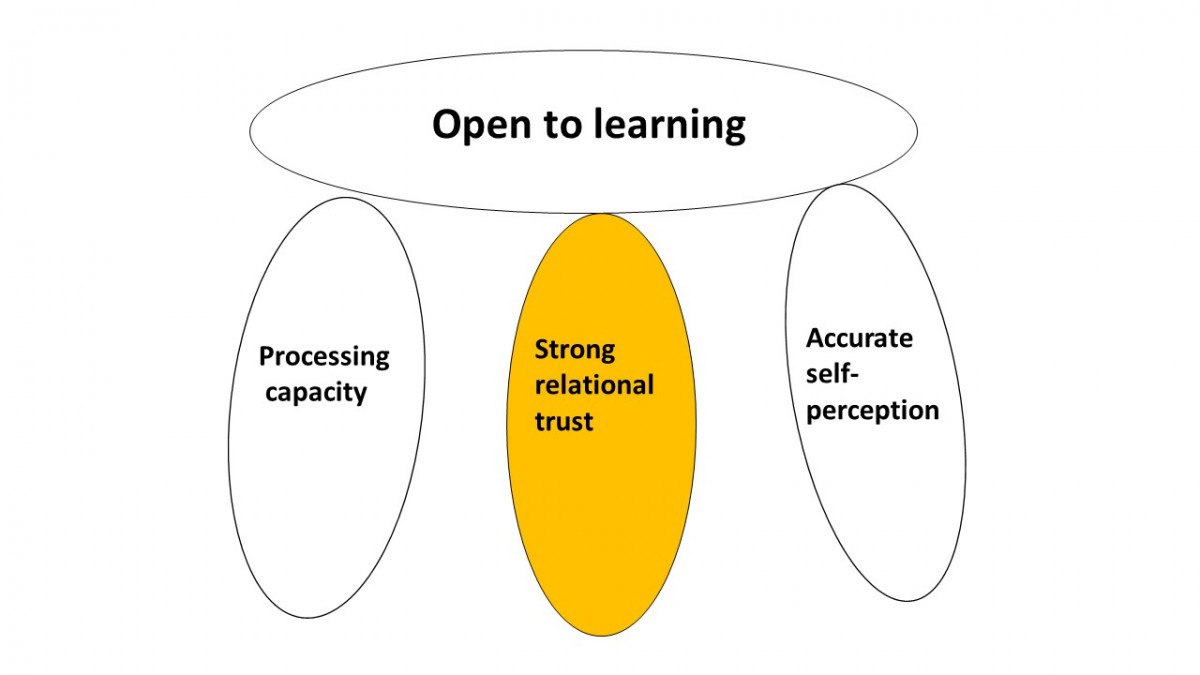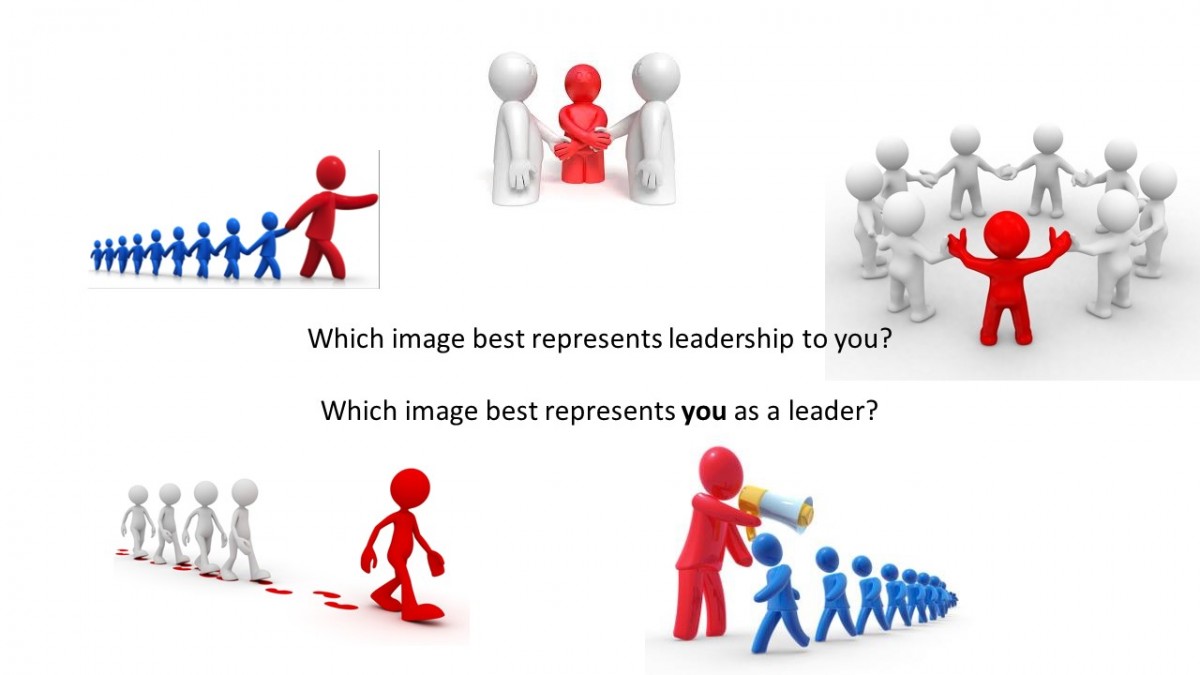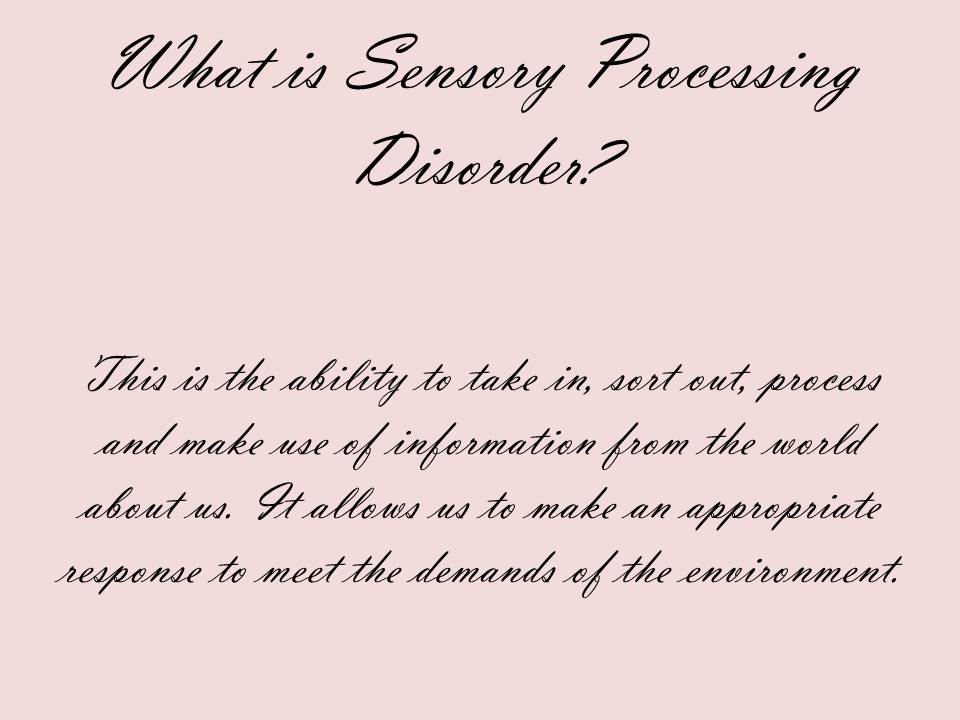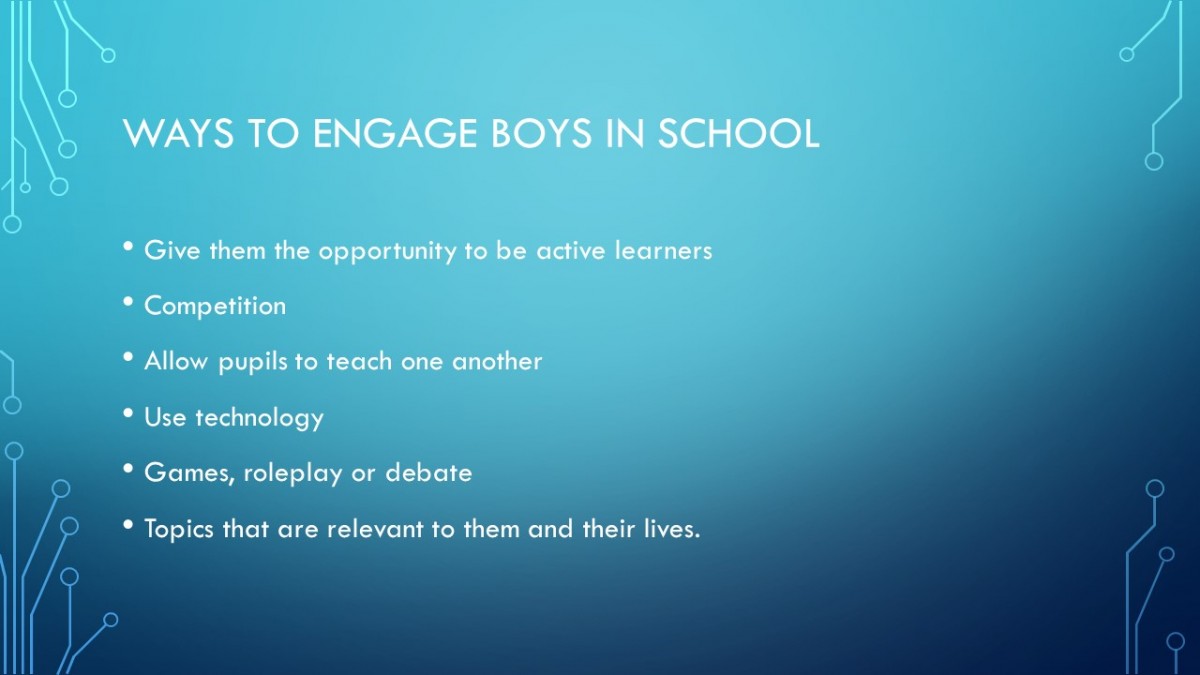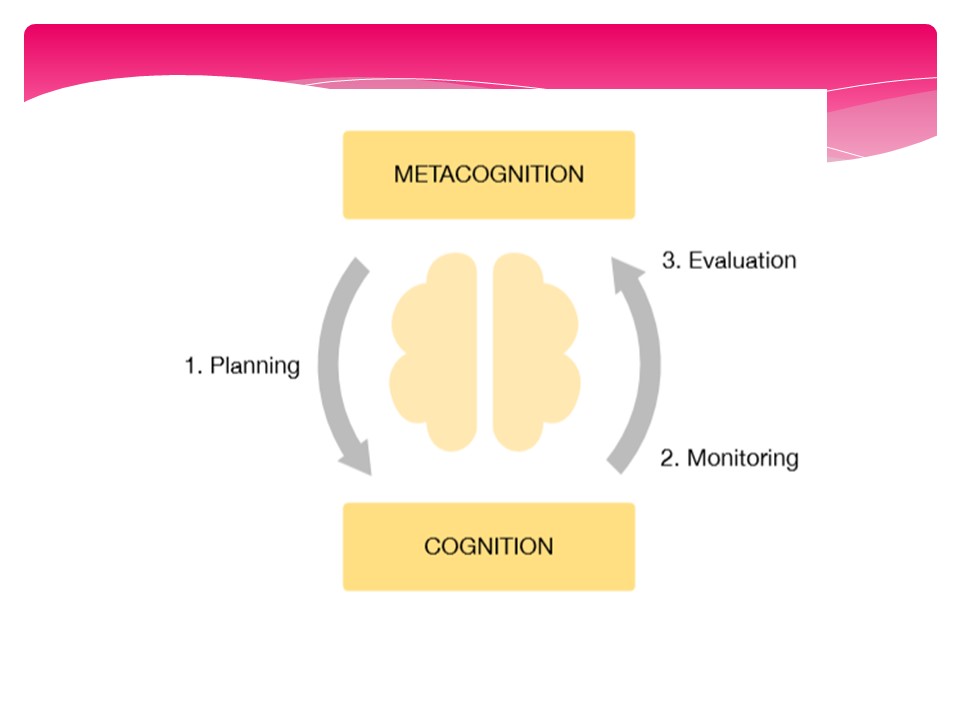Staff Forum
Miss Leadbetter: Sensory Processing and Sensory Circuits
Presentation
Teaching staff completing a sensory circuit
Mr Brooks – Boys Don’t Try
Key Research
Boys Don’t Try:
Research Video
Language Skills:
Presentation
Mrs Fillingham – Developing Emotional Understanding
Mrs Fillingham, Learning Mentor
The importance of developing emotional language and emotional intellig
nce to reduce anxiety, build confidence and self-esteem ultimately improving mental health and outcomes for children.
Also, how we can administer Emotional First Aid and implement Emotion Coaching.
- Reasons why children’s emotional language may not develop or may be delayed.
Could be Learning difficulties such as ASC, we know that children with ASC can struggle to understand and recognise emotions in themselves and others.
If not learning difficulties, could be ‘environmental’. For children to be emotionally intelligent and emotionally literate develops from having supportive, caring, nurturing relationships. We’re not born being able to regulate ourselves; we develop this through our care givers. Baby has a need to be met, cries, care giver responds and co-regulates with the child. Care giver uses ‘sing songy’ voice which is important for brain development, asks lots of wondering questions to/with the baby such as: I wonder whether you’re hungry, could it be that your nappy needs changing, I wonder if you’re poorly etc? It is from having this co-regulation that we learn/develop the skill of be able to regulate ourselves.
Children, who don’t have these attachment needs met, will find it more challenging to learn these skills, they have possibly never been modelled to them, emotions may never have been appropriately expressed or contextualised. i.e. Children living in environments where emotions often boil over, go from 0-100 in seconds, unpredictable behaviours – volatile adults – where the root feeling may/should be disappointment or grief but it presents or turns quickly to anger; also where feelings aren’t expressed, embraced or encouraged from an early age, children may not feel safe to express a range of feelings – they may contain them and they’ll only arise when they boil over. So the quality of adult relationships with children is key to develop this life skill. When we know our feeling words, we are able to recognise them, we know what’s going on; we can respond appropriately – we are developing our emotional language and intelligence.
So, children whose emotional intelligence and emotional language is not developed or delayed – Can we spot them? Often these children have limited/poor social interaction, poor/low confidence/self-esteem, poor attainment and POOR BEHAVIOUR!!! Behaviour is a language; it’s a way of communicating and a way of showing a need for connection. When children are acting up or acting out often it’s because they can’t express how they’re feeling, they’ve gone into emotional overload, their emotions have boiled over because – for them – they are in a stressful situation. It’s for us to try and decode what child is trying to say.
Remember children can also ‘act inwardly’, maybe these are the children that we need to look out for in our classrooms as they can go under the radar – they’re not causing us any bother, perhaps they’re almost invisible.
Delivering Emotional First Aid
Just like when delivering physical First Aid where you assess the situation/injury asking what is the problem, how serious is it, what first aid required etc. To deliver Emotional First Aid – When we see a child misbehaving, acting up/out, it may help if we think of a child as being in crisis. (Paul Dix) When a child is in crisis questions to ask ourselves are:
What is going on for child right now?
What is s/he trying to communicate to me?
What need are they trying to have met?
What can I do to meet their need in a caring, sensitive and supportive way?
Think back to the baby and the care giver co-regulating with the baby; when we deliver Emotional First Aid we are co-regulating with the child – they are stuck – think toddler – they are probably stuck at toddler stage.
By asking these questions, it helps to stop us from getting sucked into focussing on behaviour rather than the underlying route course. Behaviour is the Tip of the Iceberg. Two thirds of the iceberg is under water, children’s’ behaviour is the tip of the iceberg – what’s really happening/what we need to find out is what’s happening with the two thirds underneath causing the behaviour. When we recognise behaviour as a need, it helps us to become more empathic and more effective in responding to a situation. The more tuned in we are the more we’ll recognise cues that tell us they’re (child) starting to struggle before the behaviour takes over. We’re helping ourselves and children to develop emotional awareness. We can practice recognising and naming feelings with children as they arise. E.g. a child presents with ‘anger’ because the swimming/PE lesson has been cancelled but you may recognise the core feeling as ‘disappointment’. We can support the child to recognise/name the feeling to help them to understand. If children are able to name/label and understand their feelings, then they will then be able to tame them. “Name It to Tame It”!
EMOTIONAL COACHING
Emotional Coaching is a technique used to manage emotions. It emphasises emotional regulation as opposed to behaviour modification. It’s about communication not correction. (Important to remember that in moments of emotional outbursts from children – we can use the opportunity to connect and teach). Emotion Coaching communicates empathy and shows children that we as the adults understand their emotions – important for children to know this as they’ve got their faith/trust in us, they look to us for the answers. It’s about helping children to become more aware of their emotions and to manage their feelings particularly during instances of misbehaviour/crisis.
Emotional Coaching compared to Rewards and Sanctions:
Rewards and sanctions (logical consequences) don’t always work for children with additional needs including children whose emotional language is not developed or children in care or on edge of care because they require an ability to delay gratification and a capacity to regulate emotional need – and we know that these children struggle with this skill. Rewards and sanctions rely upon a calm, fully functional and rational mind to operate successfully and often these children sadly won’t have that. Rewards and sanctions don’t work on strengthening the child’s internal controls, when they do work often the result is short lived and we end up on a never-ending search for new rewards and sanctions.
Emotion Coaching entails 3 steps: 1) Recognising, validating, labelling the feelings and empathising. 2) Setting Limits: (Important – because we aren’t ignoring the behaviour we are recognising it and dealing with it). 3) Problem Solving with the child.
STEP 1 Recognising, validating feeling, labelling them and empathising. We use set phrases, they’re almost mantras.
EXAMPLES:
I can see that you’re feeling angry. I’d feel angry if that happened to me.
You look upset/unhappy/worried to me. I wonder if you’re feeling: upset/unhappy, worried because you’re having to do something you really don’t want to do/feel you can’t do?
I think you might be feeling fed up/angry about not being able to play football now. I know that’s not nice for you.
I can see that you’re frowning and kicking the wall and expressing a lot of energy. I would be feeling like that if I didn’t want to do something.
I noticed you looking round at the others completing their work. I think you might be feeling nervous right now about whether your work will be ok.
I noticed you were starting to distract other pupils, I think you might be feeling a bit nervous at the moment, maybe you’re not sure how to start your work, have I got that tight?
Have I got that right?
STEP 2 SETTING LIMITS
It is important to keep the child’s dignity but make it clear that certain behaviours are not acceptable.
Some phrases to use during Step 2:
These are the rules we have to follow. Doing that is not ok.
We can’t let you do that even though you are feeling annoyed. It isn’t safe/helpful.
In our class name calling is not a choice. What’s another way to let someone know you’re feeling angry?
When you are shouting across the classroom to talk to other pupils, it prevents them from doing their work. I can’t allow you or any other pupils to behave like that, it’s very disruptive.
STEP 3 PROBLEM SOLVING TOGETHER
When the child is calm, the adult works with the child to consider what they could do next time when they feel those strong emotions. Write these ideas down – this helps to empower the child to learn that they have the capacity within themselves to develop skills to cope.
Some phrases to use during STEP 3: Problem solving with the child, identifying alternatives and agree possible solutions
I can help you to think of a different way to cope.
What can you do next time that will be more helpful to you and to others?
Let me show you another way to let teachers know that you’re confused and need help.
Tell me what happened to make you feel this way?
This is not a safe place to be angry. Let’s go over here where it’s a better place to talk about what’s happening.
Next time you’re feeling like this, what can you do?
How do you think you will react next time if this happens again?
Why don’t you try doing ‘this’ instead.
Let’s consider some different choices.
What might happen if…
What can I do to help you solve the problem?
What might help calm you down next time you feel like this?
You need to decide what to do about this. You can either do this or that. Which are you going to do?
What can you do next time that will be more helpful to you and to others?
SENARIO
Pupil who starts to distract others when asked to complete written work.
STEP1: I noticed you were starting to distract other pupils. I think you might be feeling a bit nervous at the moment. Maybe you’re not sure how to start your work? If I was unsure what to do, I may feel like that. Have I got that tight?
STEP2: When you are shouting across the classroom to talk to other pupils, it prevents them from doing their work. I can’t allow you or any other pupils to behave like that, it’s very disruptive.
STEP 3: What can you do next time that will be more helpful to you and to others?
Let me show you another way to let teachers know that you’re confused and need help.
REMEMBER: THINGS THAT CHILDREN MAY REALLY BE SAYING:
Won’t – Can’t
Lazy, doesn’t try – Exhausted from trying
Does not care – Doesn’t understand feelings
Refuses to sit still – Overstimulated, needs contact
Forgets everything – can’t remember
Fussy, demanding – Hypersensitive
Steals – Doesn’t understand ownership
Doesn’t get the obvious – Doesn’t learn from experience
Calculating and sly – Doesn’t understand social norms
Links
Paul Dix – When the Adults Change Everything Changes https://www.crownhouse.co.uk/publications/when-the-adults-change-everything-changes
Emotion Coaching https://kca.training/?info=main
Education DESTY https://educationdesty.com/





